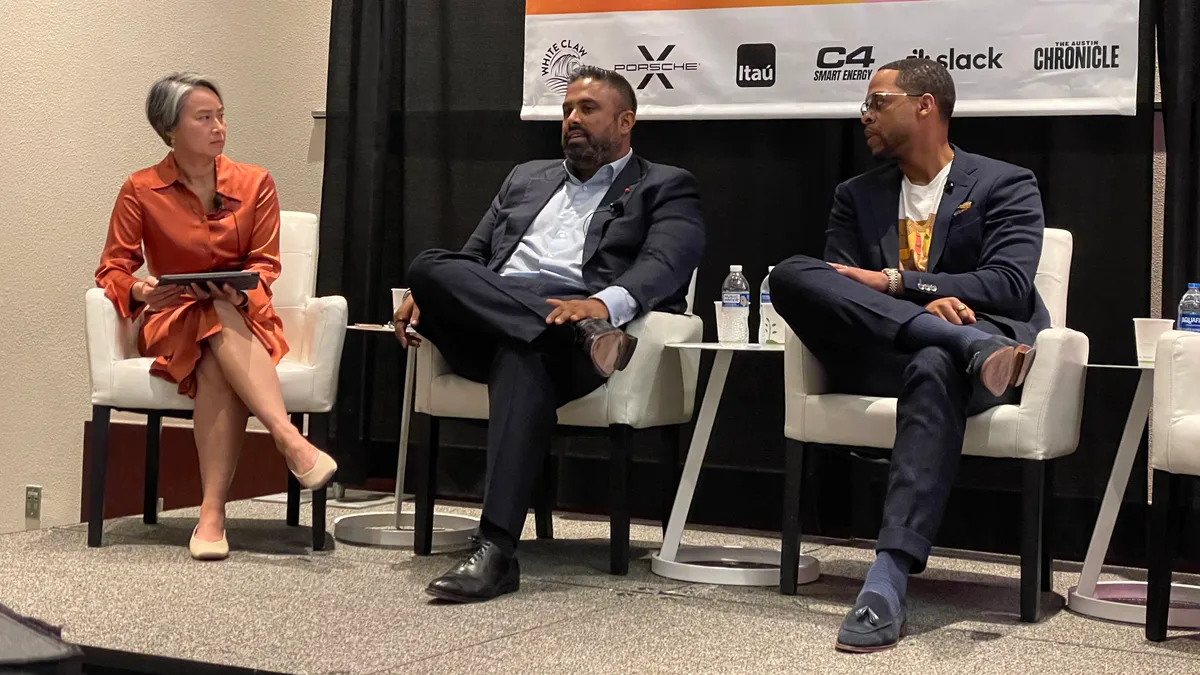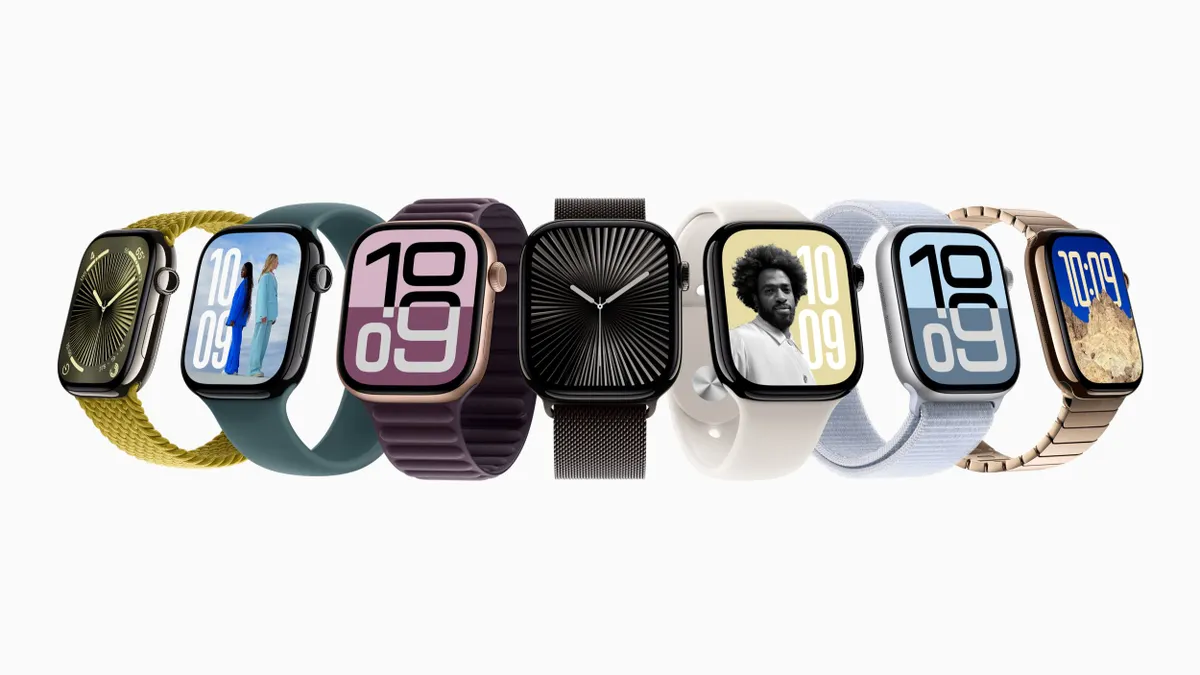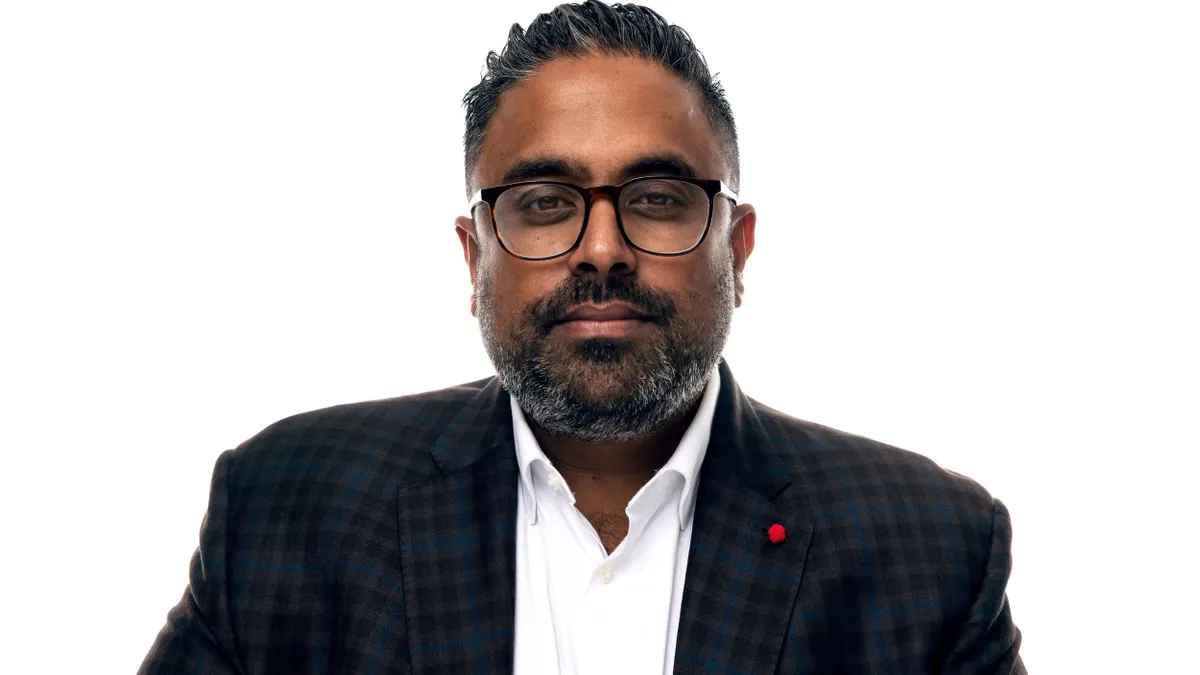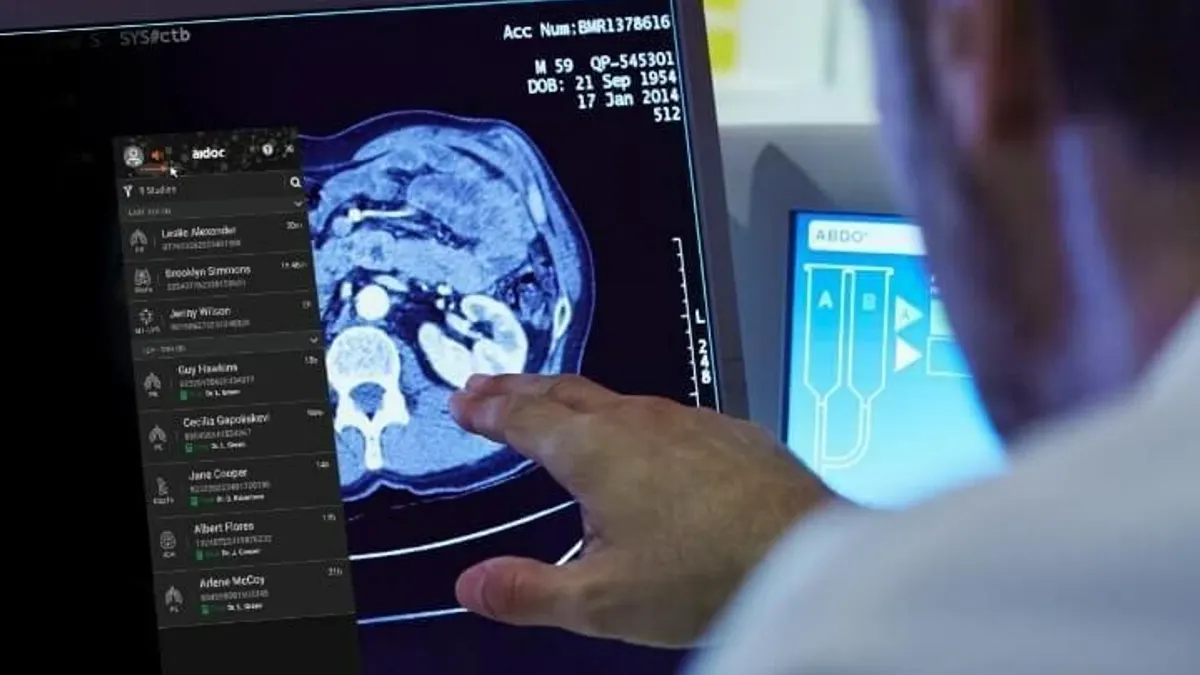Shan Jegatheeswaran joined Johnson & Johnson last year as the company’s global head of digital solutions for its medtech business, after a long career at GE. In this new role, Jegatheeswaran is building tools to improve patient care and help surgeons operate with greater precision and efficiency.
In an interview with MedTech Dive, he talked about transitioning from a career in energy to working in healthcare, his first internship, and the tasks that people don't often think about that go into building successful AI tools.
This interview has been edited for length and clarity.
MEDTECH DIVE: When did you join J&J?
JEGATHEESWARAN: I started in July. Prior to that, I was chief digital officer for oilfield services, a business unit in Baker Hughes [which] is effectively the spinoff of GE Oil and Gas. I started at GE, moved through multiple businesses at GE, spent the last nine years in oil and gas, but prior to that: capital, healthcare, aviation, corporate. It was a good experience.
How did you get back into working in healthcare?
I liked the opportunity set that we have in healthcare. You hear a lot about the industry when you're outside it, and it's very personal to most people.
Little known fact: J&J was actually my first internship. So my goal was always to be in pharma/healthcare. I actually have my employee badge from 20 years ago.
What kinds of projects are you working on for J&J medtech?
My scope is essentially software that either works very closely with a medtech device, or enables an experience with a medtech device. One degree away from the OR, so to speak. It's pre-operating, inter-op and post-op. My team's scope touches all elements of that. As you can imagine, our goal is to make sure that there's a frictionless, seamless experience across the board for the patient, the healthcare team and the supporting team.
What technologies are you most excited about when it comes to software within the medtech industry?
What I'm most excited about is the people element of the digital story. That often gets overlooked … but I think what's actually very interesting and what is a driver of success is how you drive that intersection between [the] human and the digital experience. There's a little bit of art, but there's also a lot of science.
And then, AI is becoming more and more prevalent, right? My mom talks about it at dinner now. It's everywhere. So how do I infuse AI into an everyday setting so it isn't AI, it's just part of how we do work?
What needs to happen behind the scenes for AI to work well?
When people talk about AI, it's almost like there are three boxes: data on the left side of the screen, AI in the middle and the value on the right side. And that's not the case.
Before you get to the analytics, there’s data aggregation, data tagging, data cataloging, data audit, data policy, and even the procedure around managing data. That's a ton of sweat equity that needs to be done. A lot of it, initially at least, is manual.
We've gotten spoiled with the Netflixes of the world and the Googles of the world, because they have data sets that are tagged already.
If you take something like a surgical video post procedure, you can have a four-hour cut where the doctor wants the highlight reel, so to speak. That's one element we've spent some time on from an AI perspective.
It's the blocking and tackling around cataloging [and] aggregation of data. And that's why we work closely with partners like Microsoft and internally to build these solutions.
How do you prevent bias when you’re developing an algorithm?
I think first of all, it's the discipline of the control infrastructure on how you run the design and the testing of the algorithm itself.
We have in place, across the pharma sector, guidelines on how to approach that. We're leveraging some of [those guidelines] and also making that available, sort of transitioning it over to a medtech use case.
From our perspective, we have to be careful that we're not taking homogeneous data sets from our devices, and not considering patient profiles that are not being serviced by our devices. Luckily, J&J has a large breadth from a market perspective — we do possess pretty diverse data sets — but we spend a lot of time with academia plus government to make sure that some of that is kept in check.
I think the second thing is, before you go to market with an analytic that's driving some level of guidance or insight, we've tested it already.
Speed doesn't necessarily have to be a leading indicator in all cases. Quality should be, and so I'm lucky that I get to build software that's backed by competent, best talent in the world from a regulatory, privacy and government affairs perspective.






















